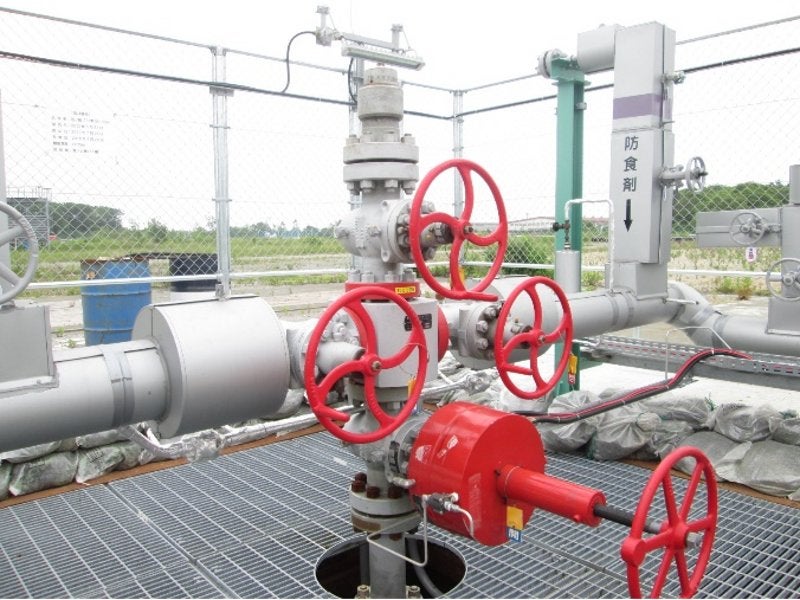The Yufustu oil and gas field located onshore in the Hokkaido Island of Japan is one of the few fields in the world with naturally fractured oil and gas reservoirs.
Owned and operated by Japan Petroleum Exploration Company (JAPEX), the Yufustu oil and gas field was discovered in 1989 and brought on stream in 1996.
Although the initial field development was focused on the Minami Yufutsu, Numanohata, and Akebono areas, the commercial production of heavy crude oil from the shallow reservoir of Takinoue Formation was started in June 2020.
The field development on the Takinoue Formation that involved the adjustment of existing wells and the diversion of idle production facilities at the field was started in June 2017.
The Yufustu field produced at a rate of 200 kilolitres (kl) of crude a day from the Takinoue formation during the initial development phase.
Location and site details
The Yufutsu onshore oil and gas field is located in the eastern part of the city of Tomakomai in Hokkaido, Japan. It extends approximately 11km to the north and south and up to 5km to the east and west.
The field area stretches from the Tomakomai West Port to the Ishikari Plain to the west of Lake Utonai.
Yufutsu oil and gas field discovery and development background
The drilling of Minami Yufutsu SK-1 exploration well led to the discovery of the Yufutsu oil and gas field in 1989. The Yufutsu field commenced production in 1996 following the drilling of additional exploratory wells in the Numanohata and Akebono structures.
Yufutsu oil and gas field reservoir details
Yufutsu is one of the biggest producing fields in north Japan’s Hokkaido area with deep, granite fractured gas reservoirs located at depths ranging from 3,900m to 4,800m beneath the surface.
The reservoir rocks at the Yufutsu oil and gas field comprise Eocene conglomerates and early Cretaceous granitoids with fractures.
The Cretaceous granitic plutons are covered with Tertiary carbonates and Quaternary siliciclastic sediments with a thickness of up to 4,000m.
The Miocene Takinoue formation in the Yufutsu field consists of thick basic volcanic rocks, with relatively minor marine mudstone beds, which produce gas and pale yellow-orange waxy condensate oil.
The gas resources at the Yufutsu field lie within a reservoir composed of naturally pre-existing fractures distributed in the granitic basement and the upper conglomerate formations.
Yufutsu oil and gas field development
JAPEX confirmed the presence of crude in the Takinoue Formation by drilling the Akebono (T1) SK-2D-1H extension well in the Akebono (T1) structure located in the north of the Yufutsu oil and gas field.
The Akebono (T1) SK-2D-1H extension well was drilled up to 1,958m-deep. It encountered 220kl/d of crude oil and 4,500m3/d of natural gas in the Takinoue Formation.
It was followed by the drilling of the Numanohata (T1) Higashi SK-3DH extension well on the Takinoue Formation in the east of the Yufutsu field. Drilled up to a depth of 2,221m, the well encountered a net pay of 250kl/d of crude oil and 5,000m3/d of natural gas.
The oil development activities in the Takinoue Formation of the Yufutsu field commenced in July 2017 with modification of the existing wells to the production wells. The development also included the installation of additional well-head facilities and heavy oil processing facilities.
A natural gas liquefaction plant has been set up near the field to supply gas to customers in Hokkaido using the LNG satellite system. The LNG plant has been operational since 2003.




